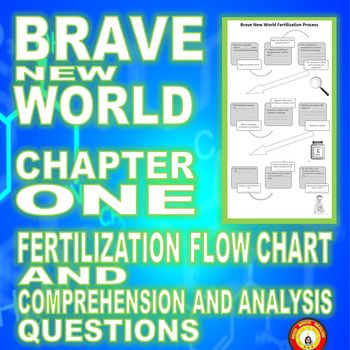Flow Chart For Fertilization

Gcse students can also fill in the number of chromosomes in the cells at each stage.
Flow chart for fertilization. Note though there can be subtle differences in the fertilization process which occurs naturally within the body or through reproductive technologies outside the body the overall product in both cases is a diplod zygote. The dividing zygote gets pushed along the fallopian tube. May 14 2010 updated. A fill in the gaps worksheet useful for revision which shows the initial stages of embryo formation.
Because each of these reproductive cells is a haploid cell containing half of the genetic material needed to form a human being their combination forms a diploid cell. Fertilization is the fusion of haploid gametes egg and sperm to form the diploid zygote. 1st stage contractions cervix has moved forward and opened so that the baby s body will pass through easily during birth by the end of this stage the cervix is fully dilated and open 10 cm. 4 2 10 customer reviews.
Approximately four days after fertilization the zygote has about 100 cells and is called a blastocyst. Fertilization occurs when a sperm and an oocyte egg combine and their nuclei fuse. When the blastocyst reaches the uterine lining it floats for about two days and finally implants itself in the uterine wall around six days after fertilization. Stages of birth final stage of birth the third stage begins right after the birth of your baby and ends with the delivery of the placenta stage 2 stages of birth stage 1 fertilization implantation fetal develpoment if one sperm does make its way into the fallopian tube and.


















